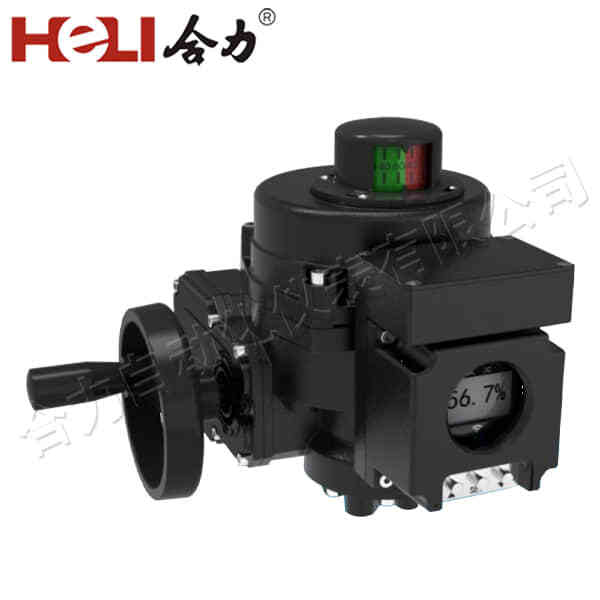Electric actuator valves are essential components in modern industrial systems that rely on automated control processes. These valves, coupled with electric actuators, play a significant role in regulating the flow of liquids, gases, and steam across various applications. From power plants to water treatment facilities, these valves ensure smooth, efficient, and precise control over system operations. In this article, we will explore the functionality, benefits, and applications of electric actuator valves, as well as the factors to consider when selecting them for specific uses.

What is an Electric Actuator Valve?

An electric actuator valve is a device that combines an electric actuator with a valve. The actuator is responsible for converting electrical energy into mechanical motion to open or close the valve, thus controlling the flow of fluids in a pipeline. The valve, depending on its type, could be a ball valve, gate valve, globe valve, or butterfly valve, among others. The key feature of electric actuator valves is their ability to be remotely controlled or automated, making them ideal for applications where manual valve operation is impractical or unsafe. The electric actuator used in these systems generally consists of a motor that drives a mechanical link connected to the valve mechanism. When an electric signal is received, the actuator moves the valve to the desired position, which could range from fully open to fully closed, or somewhere in between. The process is typically managed by a control system, which may be part of a larger automated network or a standalone unit.
